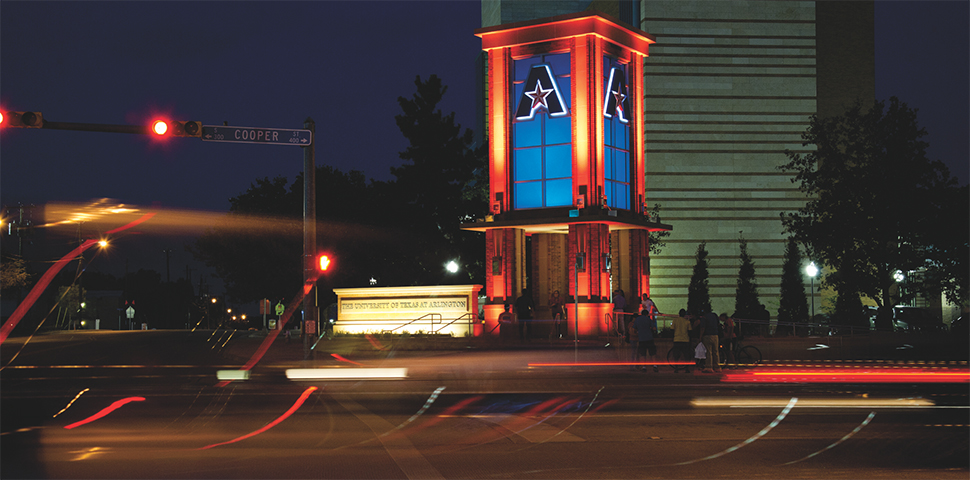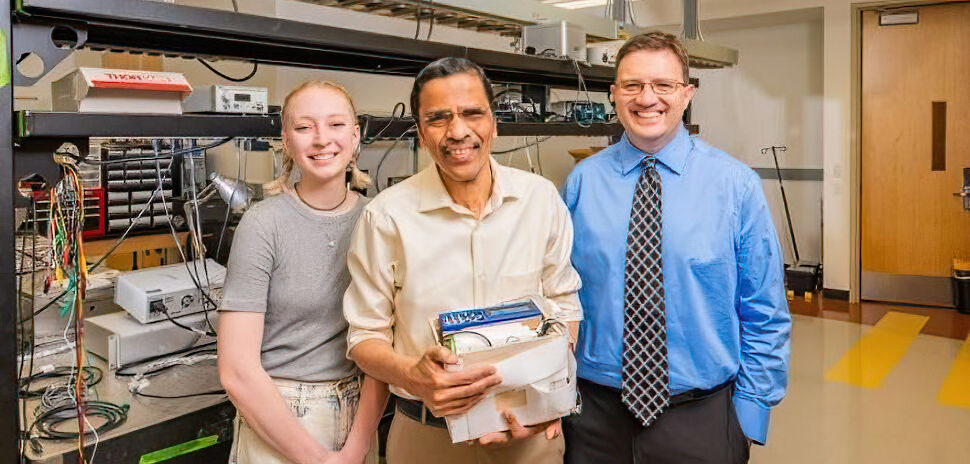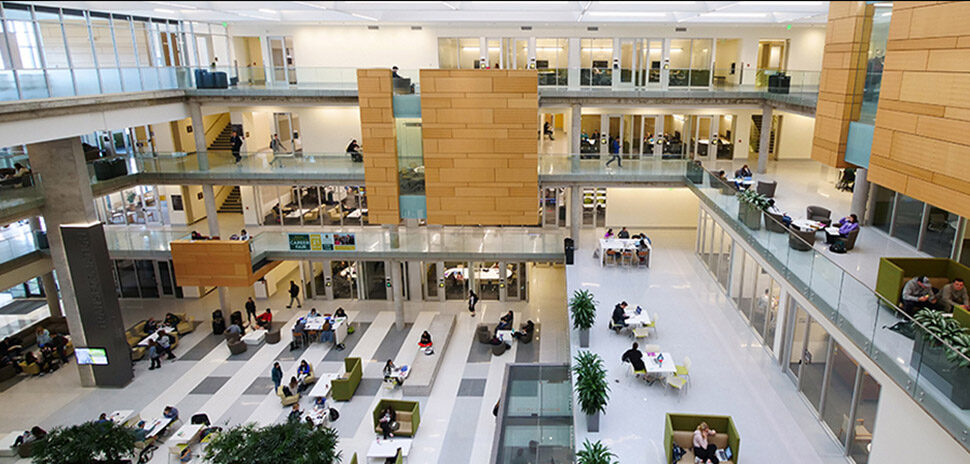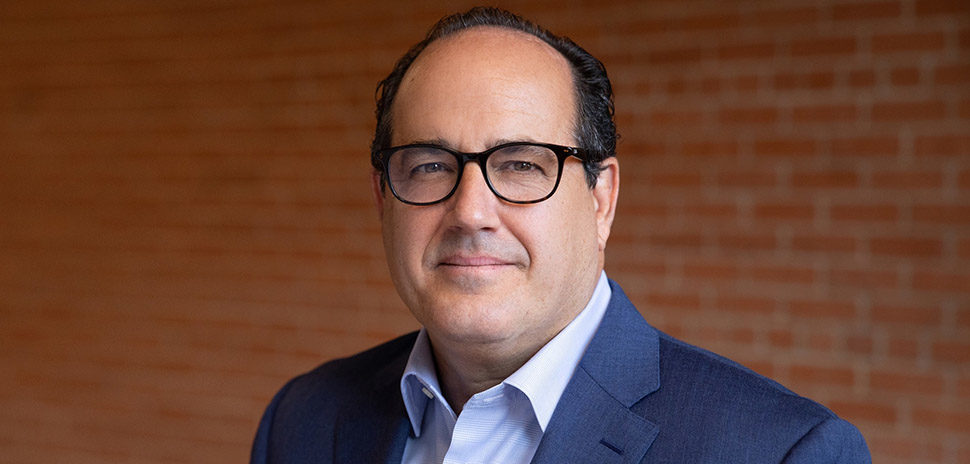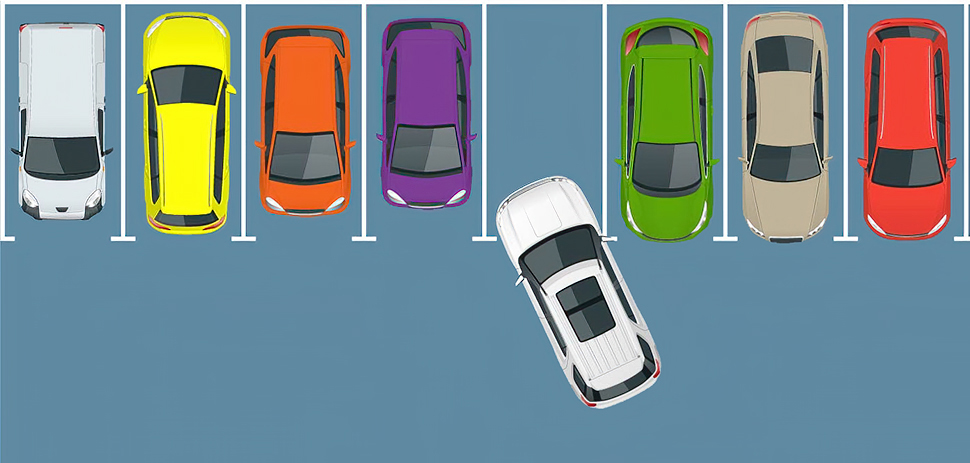![]() From a satellite’s eye view, it doesn’t look all that challenging to park at the University of Texas at Arlington.
From a satellite’s eye view, it doesn’t look all that challenging to park at the University of Texas at Arlington.
Thousands of student, staff, and faculty parking spots are interspersed across the sprawling campus, delineated clearly by stripes of white paint.
Back on Earth, it’s a different story.
“It was very frustrating to arrive on time to campus, but then to take 20 to 25 minutes to find a parking spot,” said UTA industrial engineering student Mary Rangel. “I think everyone agreed that we need a better parking system.”
Not to mention security concerns at the parking lots, where criminal activities have been reported.
When Professor John Priest, Patrick Coursey, Rangel, and 11 other industrial engineering students informally surveyed the UTA campus for problems that they could solve through technology, it didn’t take long for the parking and safety issues to surface.
“Security’s a big deal — especially at night, and especially with ladies,” said Priest, a professor of industrial and manufacturing systems at UTA, who headed up research for UTA’s MetroLab Network project.
LOCAL UNIVERSITIES JOIN NATIONWIDE EFFORT
UTA, Southern Methodist University, and the University of Texas at Dallas are taking part in a nationwide effort — called MetroLab Network — to solve lingering urban problems by pairing university researchers with cities and counties seeking solutions.
The MetroLab Network includes 34 cities, three counties and 44 universities, organized into 30 regional city-university partnerships. The initiative was launched by the White House in September 2015.
At first, Priest, Rangel, Coursey, and the other students set out to resolve both the security and parking issues in one concerted effort.
Their initial concept was to develop an app that would alert security personnel if safety issues arose, and that would also direct drivers to open parking. In both cases, existing light posts would serve as elevated bases upon which Wi-Fi transmitters and high-resolution cameras would share information with students in the lot. The security footage the cameras capture could also be used to identify suspects later.
The students broke into two teams — one that would look at the safety issue, and the other, parking.
After realizing the complexities of developing an app that would need to connect with both campus and Arlington emergency responders, they decided to initially address UTA’s parking problems.
SMARTPHONE APP
The teams met once a week for a semester, and toward the end, they settled on their final system design for their solution: A smartphone app that would receive data collected by lamppost-mounted high-resolution cameras, which would then feed that information to students looking for open parking spots. Students, faculty, and staff would be able to check the app for available parking before arriving on campus, to get a better idea of which lots have openings. Signs at the lots, too, would have similar information.
“We worked with [the concept of] using sensors, then migrated to high-resolution cameras,” Priest said, adding that high-resolution cameras were less costly than installing and maintaining parking lot-level sensors.
Real-time information on parking availability would be especially helpful, in light of fluctuating parking availability resulting from the construction of UTA’s $125 million Science and Engineering and Innovation Research Building.
MORE EXPERTISE STILL NEEDED
At this point, Priest said the project needs the expertise of some app developers and funds for installing a Wi-Fi network, high-res cameras, and the software used to process and communicate the data to drivers.
“We need a group of [computer] network people and a group of programmers to help out,” Priest said, adding that if a Fortune 500 company dedicated itself to help implement the design, it could probably do it in a month.
“I definitely see a need for cities implementing more technology into our daily lives.” Patrick Coursey
This is far from Priest’s first foray into meeting technical challenges.
Earlier in his career, he, along with 100 other engineers, helped to develop first-generation mobile Global Positioning System technology for Texas Instruments in the 1970s, and patented methods of 3D printing in the early 1990s.
Industrial engineering student Patrick Coursey, who graduated in December 2016, expects to see future projects such as these.
“I definitely see a need for cities implementing more technology into our daily lives,” he said. “Our cities are about as full as they can be, and we keep adding people. I think there’s going to be a lot of opportunity in using technology to improve the quality of our lives.”
Rangel, who is set to graduate in May 2017, said the UTA MetroLab project showed her that using tech to resolve issues in car-centric places like the Dallas region is only logical.
“I think it’s well worth our while, for our city, to be able to accommodate people. We’re between pretty big cities; the way things flow around here, everything is centered on transportation; it’s something I never thought about until I did this project.”
Delivering what’s new and next in Dallas-Fort Worth innovation, every day. Get the Dallas Innovates e-newsletter.

